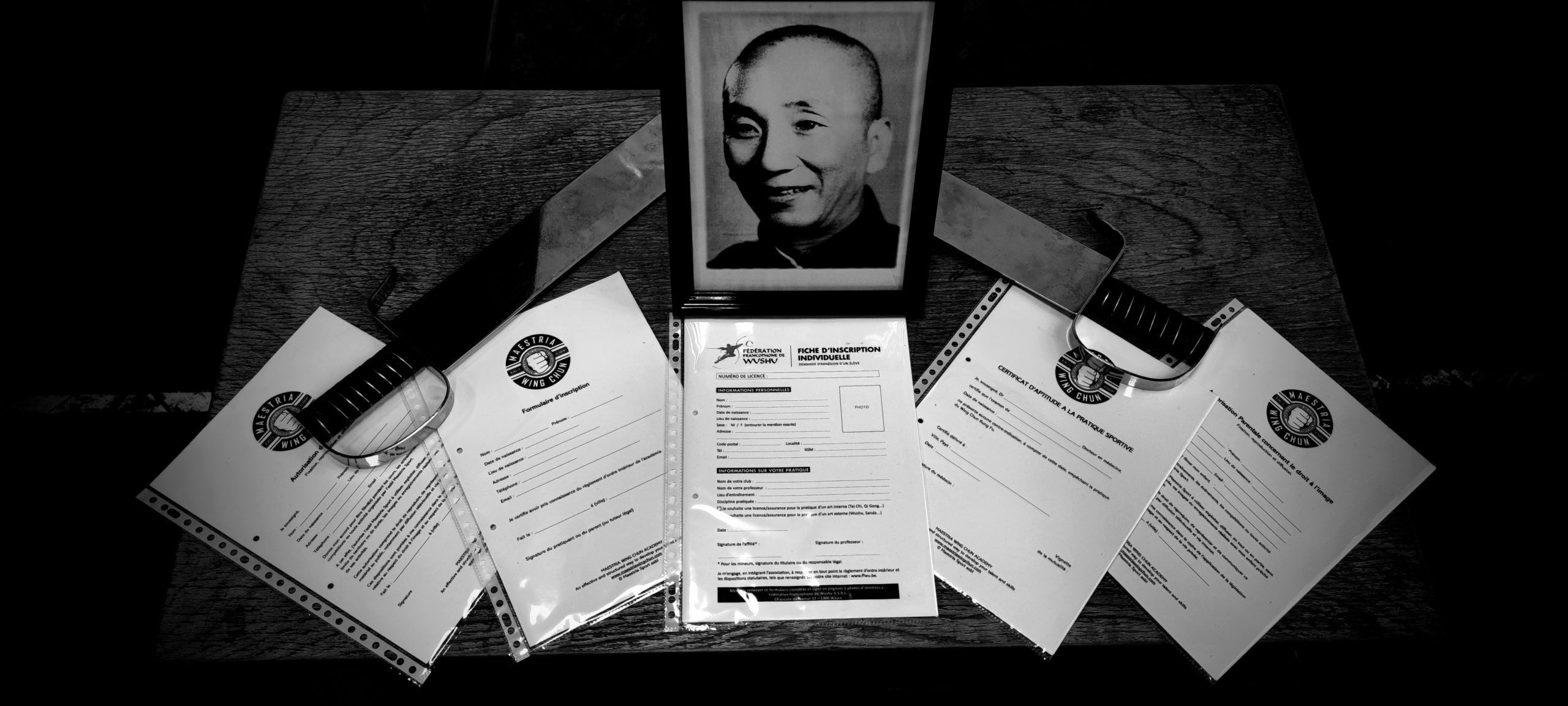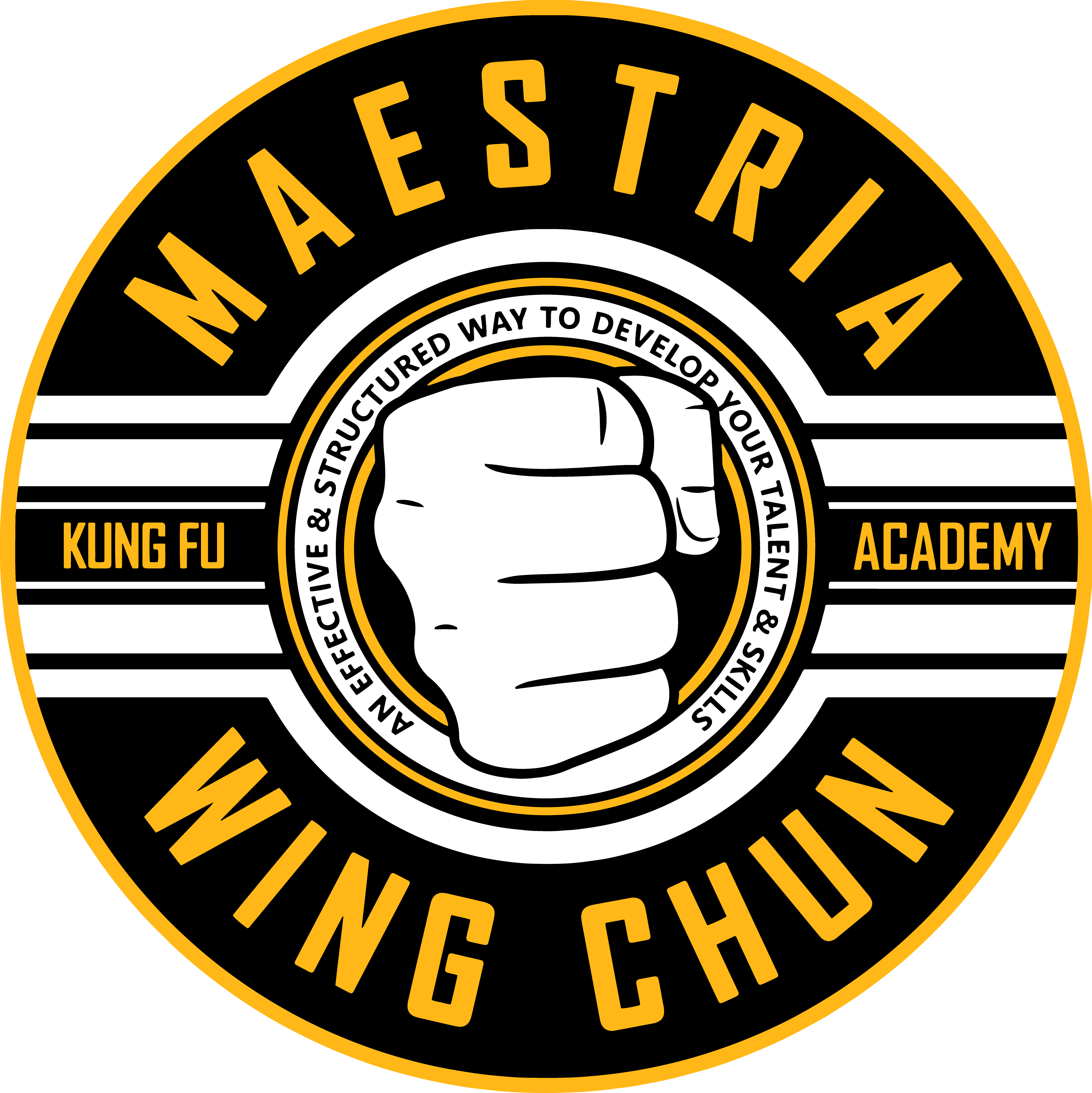Maestria
“a proven method”
We use a learning method that is neither mysterious nor special but requires a certain discipline in its execution. We have a guideline, and we don’t deviate from it.
- We create a solid skills base.
- Learning focuses on repetition of movements.
- The student will progress step by step at his own pace. The quality of acquired knowledge takes precedence over quantity.
- The course structure has been very carefully thought out, developed and tested. This will fundamentally not change.
- The way of delivering the course adapts to the student’s abilities and difficulties.
- Knowledge is consolidated at each stage of learning.
- Mimicry is not enough to learn. Each technique will be contextualized so that the student really understands everything they have to do, why they do it, when they have to do it and how they have to do it.
- All members adhere to predefined rules of conduct. We can thus practice our art in optimal conditions.
- We practice in a positive atmosphere. Learning, well-being, respect and camaraderie must coexist in perfect balance.

Maestria
“un savoir-faire”
Hierarchy and ranks
In traditionally taught Wing Chun, there are no ranks or colors of belts. There is only a teacher who gives lessons, one or more assistants and the students who follow the lesson. In our academy, classes are also given by an instructor (si-fu) who can be helped by one or more assistants. Our philosophy combines the past and the present. It is with this in mind that we decided to use grades and belt colors in order to organize the courses and structure the teaching. It is therefore only purely organizational that we separate students by grades when learning specific programs. In the first part of the course which deals with more general themes, the students are all mixed, regardless of their grades or seniority. The use of grade is in no way a way of establishing a hierarchy between students. All practitioners are equal, learn from themselves and others, and share amicably.
Uniform
We practice a Chinese martial art, a style of Kung Fu focused on close combat and Self-Defense. However, we do not wear traditional clothing. The practitioner needs to feel comfortable in these movements and movements. Students wear the academy t-shirt, black Kung Fu pants, a satin belt indicating the rank and sports shoes. They can also, optionally, wear a hooded sweater displaying the academy logo. All the elements making up the uniform are available from the teacher.
Exams
Graduations are made during classes. Unlike many organizations, our exams are completely free and take place with the utmost simplicity. No excessive pressure or standing in front of an entire class. The teacher and assistants will visit each student to assess them as the class progresses, while the other students continue to practice in pairs. Note that moving up the grade is not an end in itself. It only indicates the transition to another stage of learning which will last throughout the practice. Each person will learn at their own pace. Although the different waiting periods are generally well thought out, some students may take a grade before or after the scheduled date in order to best adapt to their pace.
Maestria
“it’s also knowing how to live together”
Before class
- Practitioners undertake to complete all administrative formalities before the end of the first week of classes.
- The student also agrees to pay his monthly contribution the first week of the month.
- Each student is present in the locker rooms or in front of the class no later than 15 minutes before the start of class.
- Smoking is strictly prohibited at the entrance to the classroom, in the classroom and at the entrance to the locker rooms.
- The changing rooms are only used for changing. We do not practice techniques learned in class. We remain discreet.
During the class
- The student will be punctual. In case of delay, he will wait for the teacher’s sign and will greet him upon entering.
- The student greets before class and at the end of class.
- The student will be dressed in the regulatory uniform of the academy.
- The student and his clothing must be clean, the student must wear sports shoes other than those he uses to arrive at class.
- No jewelry may be worn during training.
- The equipment and infrastructure are always respected.
- Parents can watch their children’s lessons but do not interfere during the teaching.
- Parents and practitioners turn off the sound of their cell phones.
- The student will convey the values of respect, humility and camaraderie which will be reflected in the way he approaches his teacher and assistants, as well as his class partners.
After the class
- The student undertakes not to use the techniques learned with the aim of attacking someone. Wing Chun must be used for the purpose of personal development, and for self-defense if there are no other possibilities.
- The values defended by the teacher and his assistants are supposed to help students live better in society. We hope that our students’ behavior does not change when they enter the academy.
- In the event of disagreement with the measures put in place, parents will notify the teacher. This interview will be carried out separately, without the presence of children or other people, with respect for the interlocutors.
Disciplinary measures
- There is no sanction against the late student. We consider the moments of lost training caused by being late as a natural sanction.
- If a student displays behavior such that it disrupts the smooth running of the activity, the teacher may temporarily exclude him or her. Depending on the seriousness of the facts and/or their repetitive nature, it is up to the latter to consider more severe disciplinary measures against the student such as partial or total exclusion.
- Any member found responsible for deliberate damage to infrastructure and equipment will be charged the costs caused, regardless of any other disciplinary action that the academy may take against them.
Ip Man Wing Chun Jo Fen
The ancestral rules of Ip Man Wing Chun
- Stay Disciplined – Conduct yourself ethically as a martial artist.
- Practice courtesy and righteousness – Serve the community and honor your family.
- Love your classmates – Be united and avoid conflict.
- Limit your desires and your pursuit of physical pleasures – Maintain a good state of mind.
- Train diligently – Maintain your abilities.
- Learn to develop spiritual tranquility – Refrain from arguments and fights.
- Participate in Society – Be moderate and gentle in your manners.
- Help the weak and the very young – Use your martial knowledge for the good of humanity.
- Pass on the tradition – Preserve this Chinese art and its rules of conduct.
Maestria
“a philosophy”
Ours values
We learn from the past but live in the present preparing for the future. Discipline: listening, seriousness, diligence are a guarantee of success. Humility in the practice and representation of the academy. Respect for others as a fundamental value. Openness to others: classes are open to everyone regardless of origins, beliefs, gender, sexual orientation, height, weight and age. Well-being: a balanced practice that improves the body and mind while avoiding excesses that cause unnecessary injuries. Attention to detail and self-correction: questioning yourself in order to evolve.
Our commitment
We undertake not to extend, block or slow down a student’s learning for commercial purposes. The quality of teaching and acquired knowledge takes precedence over any commercial nature. The student will not have additional costs linked to hypothetical secret or special techniques. Graduations are completely free. The student is free to stop and come back later if they wish. The team is committed to giving the best in sharing martial knowledge but also in maintaining optimal quality of teaching.
